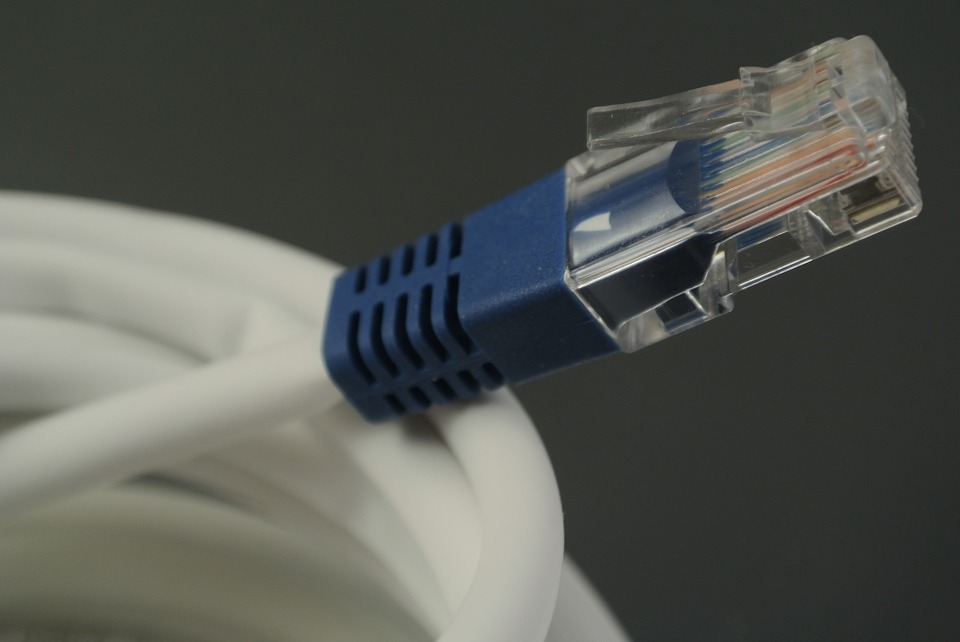Data cables are designed to send binary information from point A to point B. Without them, businesses wouldn’t be able to achieve the levels of computation they do on a day to day basis. But have you ever wondered how this process really works?
Data cables come in many forms: some are robust, heavy duty wires and others are more flexible in nature. The differences between data cables are determined by their purpose. If you’ve ever sent an email, uploaded a picture or made a phone call, then a data cable has been working busily behind the scenes. In fact, if you’ve transmitted data from one device to another at any point, you’ve probably benefited from the hidden power of structured cabling.
Choosing the Right Form of Structured Cabling
Structured cabling is what links every device in your network together. With technology accelerating a business’ ability to communicate and conquer, concurrent infrastructure needs to be able to keep pace. Robust data cables are central to improved speed and performance, enabling businesses to connect with customers and clients around the globe.
The easiest way to install efficient, load-bearing infrastructure is in a bundle. Structured cabling achieves this by combining all of a business’ telecommunications systems into a single collection of data cables. Broadband services, telephone connections and computer wiring are grouped together to offer convenient access to all systems from the same port. Effective structured cabling must remain flexible, reconfigurable and future-proof.
Structured cabling is categorised according to performance. The higher the classification number, the faster your systems will run. Most businesses will benefit from data cables labelled either Cat5e or Cat6. These provide sufficient performance power for all general telecommunication requirements, without the need for wholesale restructuring. Cat6 data cables provide around 150% more power than Cat5e cables and offer up to 10 Gb/s of data. A data cabling company will be able to determine exactly which category your business needs.
The Benefits of Structured Cabling Investments
Specifications and statistics help engineers classify the superiority of a data cable. But what are the key takeaways for your company? How does structured cabling noticeably alter your communication performance?
As we’ve already mentioned, structured cabling enhances both the efficiency and performance of telecommunication systems. Companies who use separate data cables for telephone and internet connections risk falling behind. Voice over Internet Protocol (VoIP) software is an increasingly popular business tool. Structured cabling ensures broadband and telephone data work in harmony to provide stronger, clearer communication.
You may also be worried that the cost of installing structured cabling will supersede its usefulness. Fortunately, engineers have come up with an ingenious way to bypass this problem. Patch leads can be added to existing data cables, in order to reconfigure their potential. Using this simple fix, voice, data and video signals can be rerouted through a single plug socket, enabling you to transfer staff between different stations whenever you need.
Structured cabling offers businesses a competitive advantage in a fast-paced society. If you are currently operating from two, independent phone and computer data cables, then you will rack up costs every time a new member of the team connects to the network. Structured cabling cuts out the middleman and allows you to plug in from anywhere in the system. Now, you can save money, increase communication speed and improve business efficiency all in one, simple solution.

